The Warlord Games Studio team are extremely excited about the new Hail Caesar Epic Battles, with many fast and furiously painting up full divisions ready to do battle, Studio painter Jamie amongst them. Jamie is no stranger to painting Epic Battles miniatures, having been responsible for a large portion of the studio collection, but that hasn’t deterred him from painting even more. He was only to share his ‘quick’ recipe for battle-ready Carthaginian War Elephants.

Jamie: No Carthaginian army of antiquity is complete without a strong complement of war elephants to roll over those pesky romans! Perhaps of all the new Hail Caesar Epic Battles miniatures, these incredible sculpts are most begging to be painted. So here I present a quick stage-by-stage method for getting your elephants onto the tabletop battlefield. For variation across the stand, I’m showing how to do two different elephant skin tones, with different schemes for their howdahs.
Stage One – Undercoat
After removing the parts from the sprue with clippers and carefully removing any mould lines (a mould line remover or a sharp blade will do the trick), spray or brush on your chosen primer colour. In this case I have used Army Painter Matt Black Primer Spray.
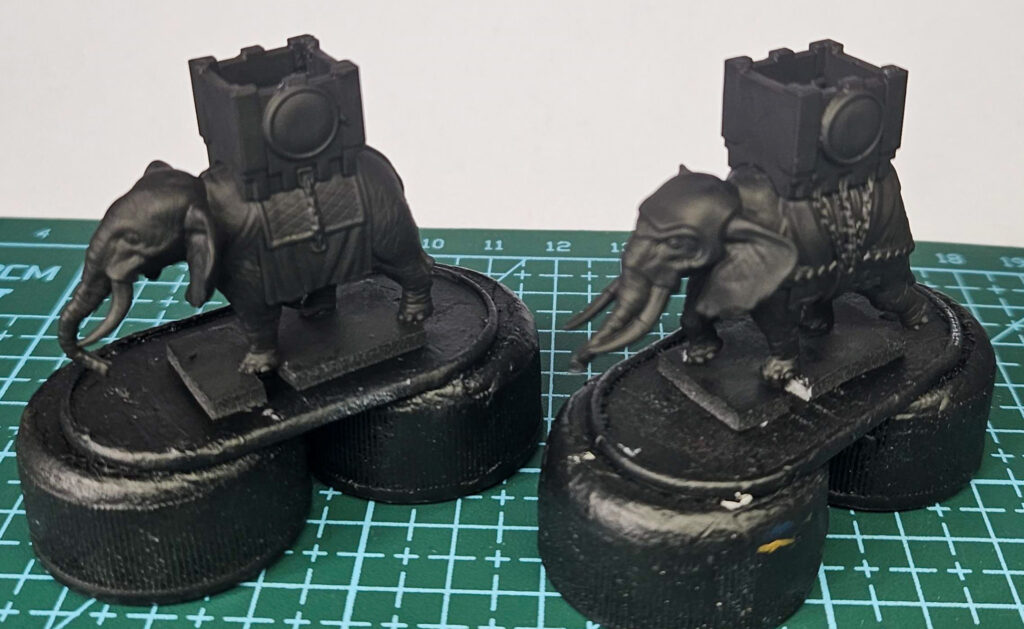
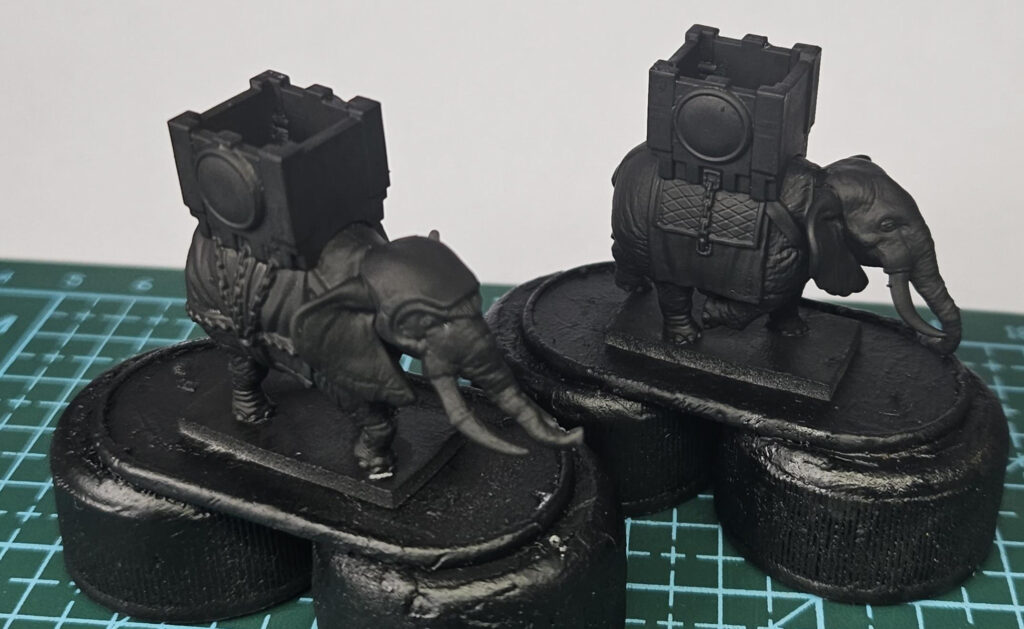
Stage Two – Basecoats
Light-Skinned Elephant: Apply a couple of thin coats of Vallejo Panzer Aces Light Rubber to all the skin areas. Next, paint the tusks with Vallejo Model Colour German Camo Beige.
For the howdah the main colour is Vallejo Model Colour Dark Vermilion, with the corner sections Vallejo Model Colour Red. The interior of the howdah and all of the straps were painted with Vallejo Panzer Aces Dark Rust.
For the cloth underneath the howdah, basecoat with Camo German Beige, while for the bottommost strip use Dark Vermilion. To finish off, paint the shield and armour with Vallejo Model Colour Brass, and the chains with Army Painter Gun Metal.
Dark-Skinned Elephant: The techniques are exactly the same for the second elephant. The basecoat for the skin of Vallejo Panzer Aces German Tank Crew Black, again ensuring to use two thin coats. For the howdah, the main colour is Vallejo Model Colour Deep Sky Blue, with Vallejo Model Colour Violet on the corners. You can use the same Violet for the top half of the howdah cloth, with the edging picked out with Brass. The bottom half was painted with Vallejo Model Colour Violet Red, again with the edging picked out in Brass.
The tusks, howdah interior, shields, and chains were picked out with the same colours used for the light-skinned elephant.
Allow all the basecoats to thoroughly dry before moving onto the next stage.
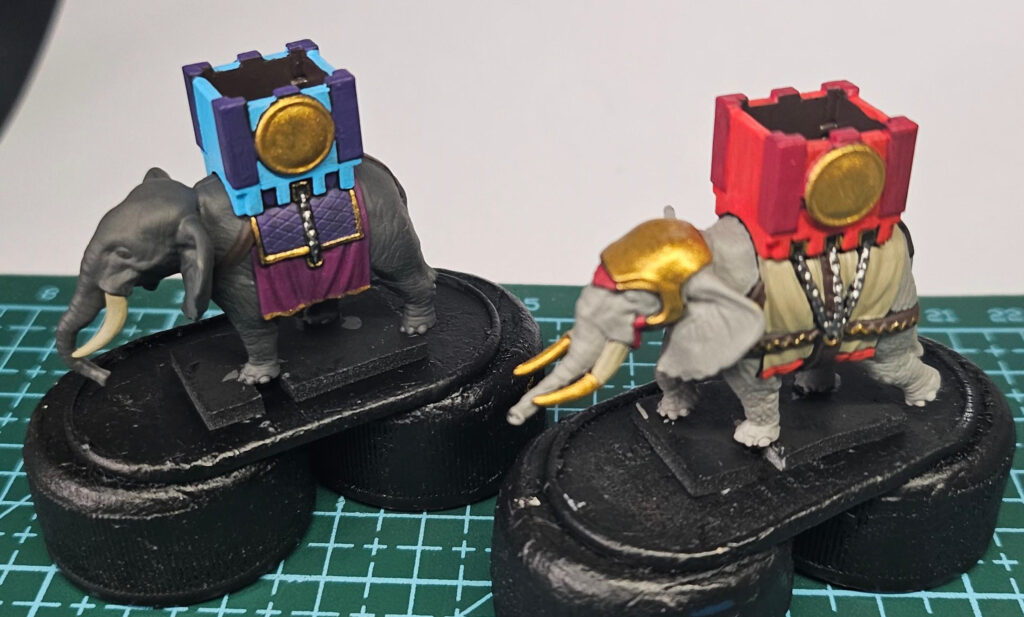
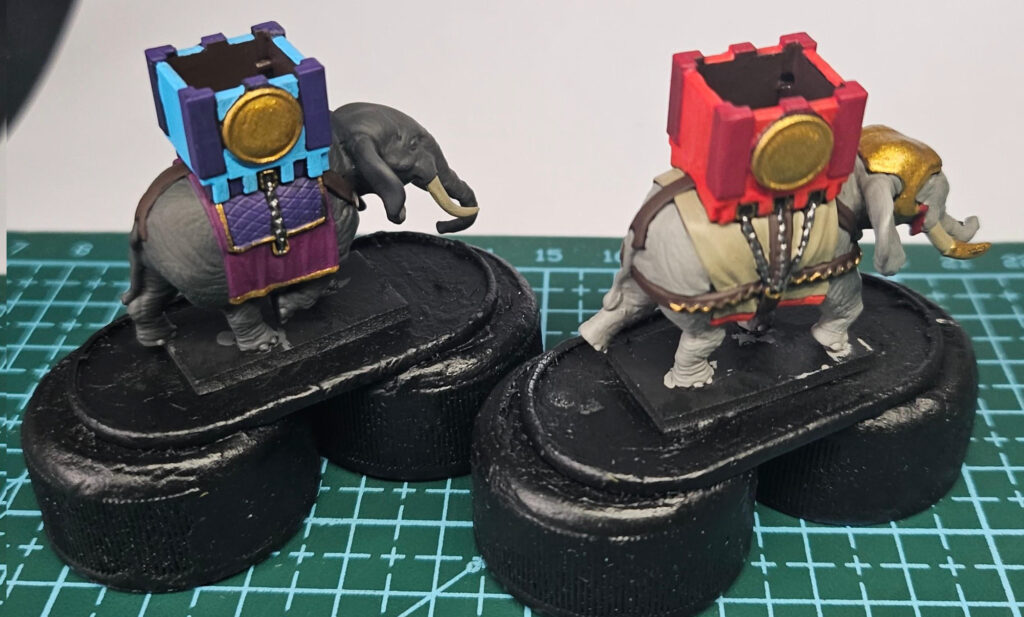
Stage Three – Washes
The same for both elephants here. I applied a lightly diluted wash (water or medium is fine) of Army Painter Strong Tone over the entire models, but paying particular attention to avoid any pooling, removing any excess with the brush where necessary.
Once dry, you could call these elephants done, perfectly good for the battlefield. But, if like me, you want to go those extra steps to really show off these centrepiece miniatures then onwards we go to highlighting!
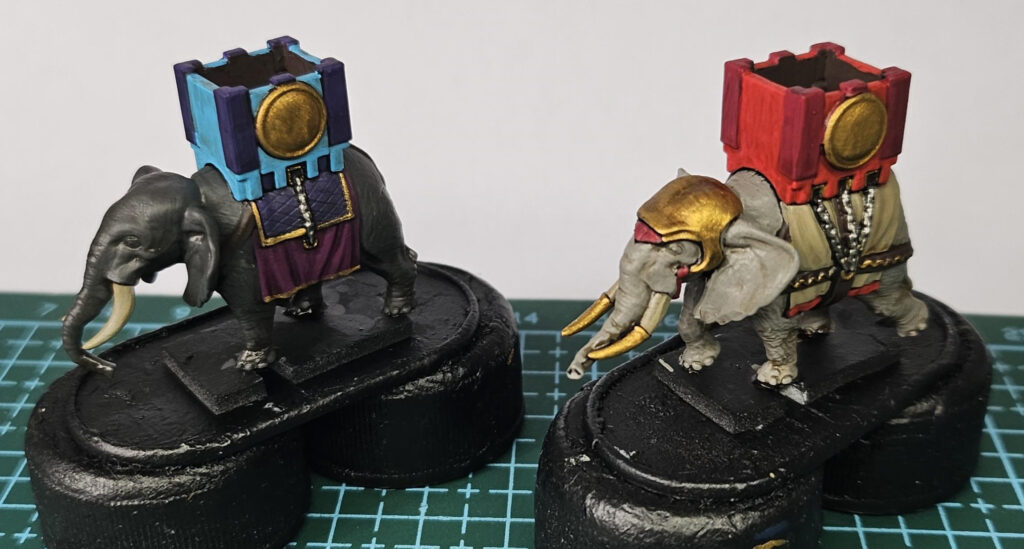
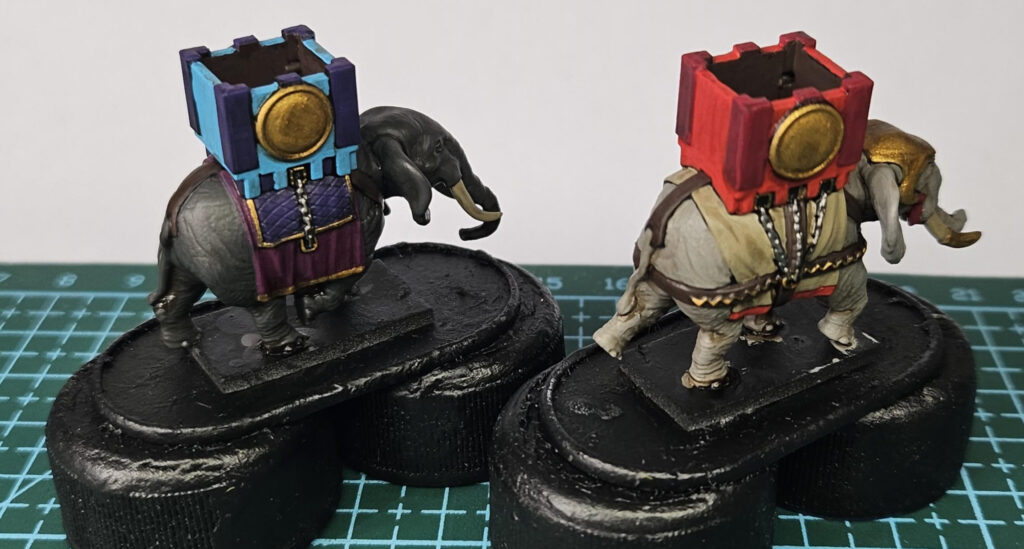
Stage Four – First Highlights
Here we begin the highlighting process. Here we are almost universally using the basecoat colours again on their respective areas, but the techniques differ slightly. Start by lightly drybrushing the skin with the basecoat colours, concentrating on raised areas, which quickly establishes some contrast between them and the recesses, where the wash stage is most prominent. For the tusks, use the basecoat to paint thin lines along the top, middle and bottom of the tusk.
For all the other areas, mostly on the howdah, use edge highlighting. This should again be done with the base colours. The only exception is to switch to Vallejo Model Colour Flat Brown on the edges.
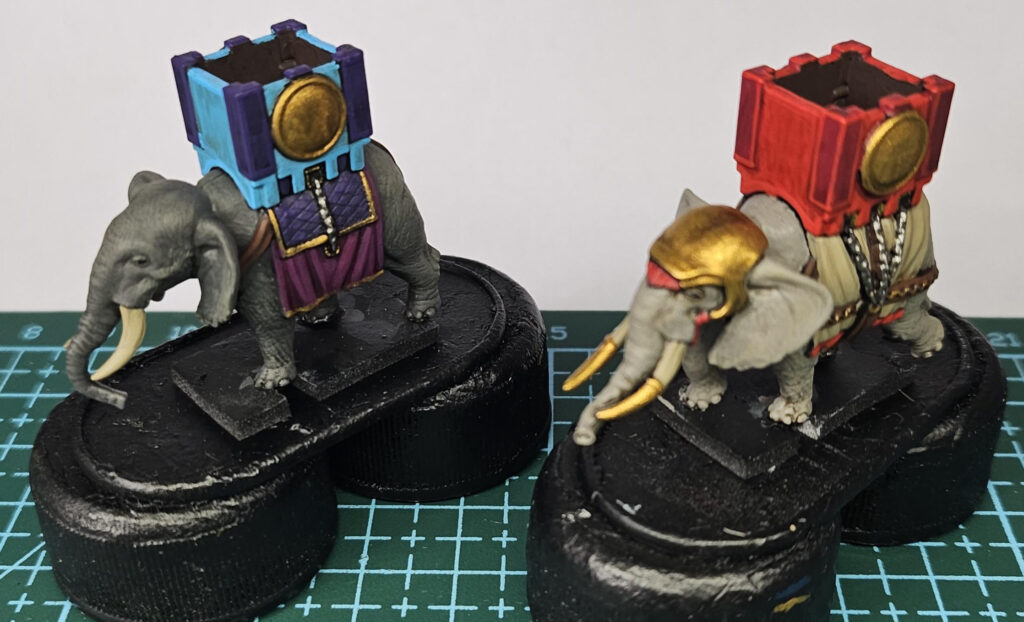
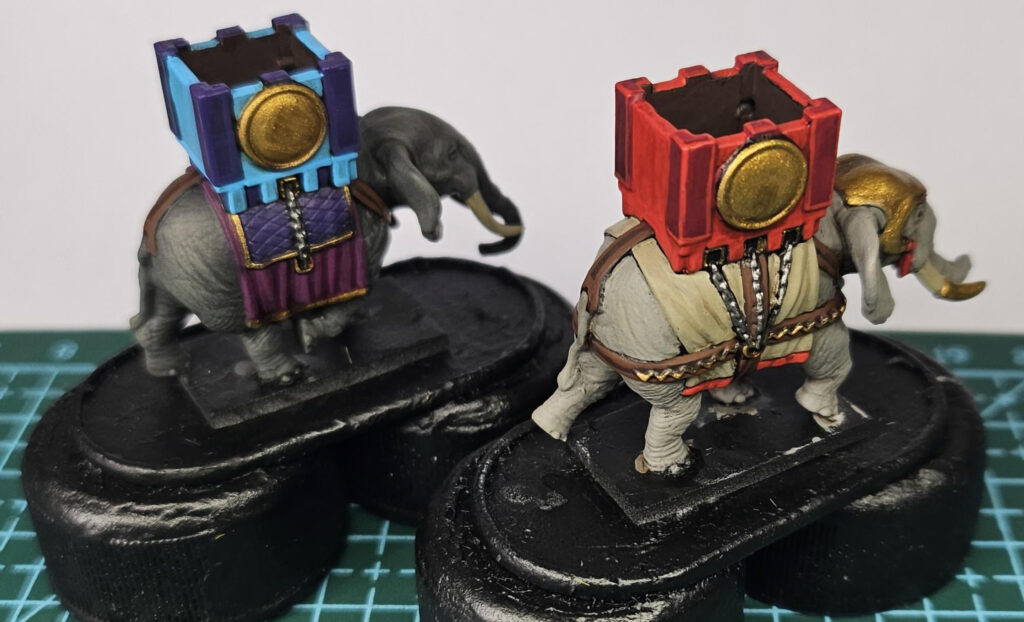
Stage Five – Second Highlights
Ah the last step… Well done for getting this far!
For the skin, we add a little German Camo Beige to the basecoat colours, and a apply a second, more selective drybrush on the raised areas of the skin. Finally, a even lighter highlight of pure German Camo Brown is applied to just the most raised area.
The tusks get an edge highlight of Vallejo Model Colour Ivory, following the lines applied in stage four.
For the Howdahs, we again use the basecoat colours, but mix in a little Ivory, again applying it as an edge highlight. The one exception is to use Vallejo Model Colour Scarlet as the highlight colour for the lighter red areas.
The gold areas are highlight with, appropriately, Vallejo Model Colour Gold.
I then opted to apply some pink patches to the elephants’ skin. The technique is the same for both skin tones. Start with a drybrush of Army Painter Fur Brown, concentrating on small areas on the top of the head, around the ears and the front of the trunk. Once dry, a second drybrush of Army Painter Barbarian Flesh was used, be careful to leave some of the Fur Brown showing around the circumference.
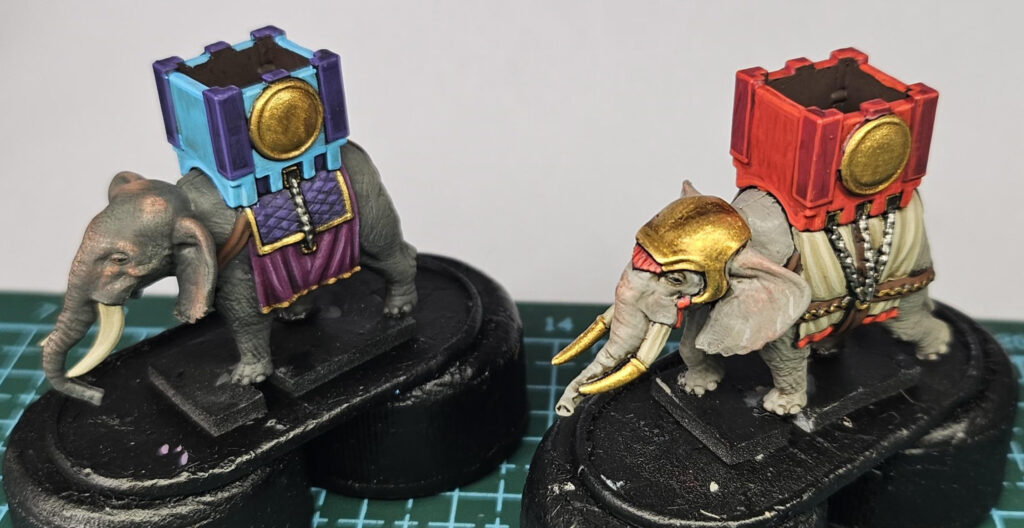
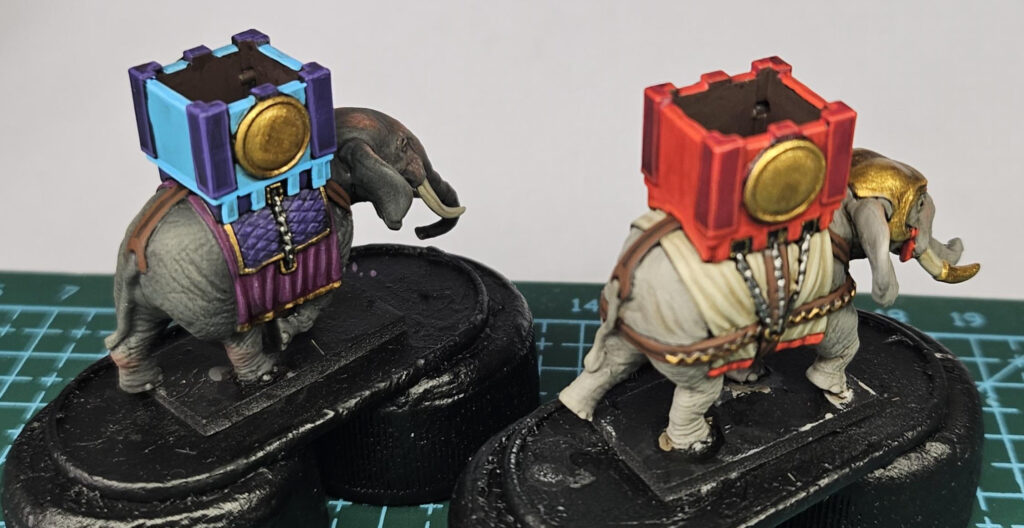
Crew
Of course, we’re not quite done – after all, those howdahs need manning!
Stage One – Undercoat
Prepare the models in the same way as we did the elephants themselves by clipping them carefully from the sprue, cleaning any mould lines, and applying an undercoat – again I have opted for Army Painter Matt Black.
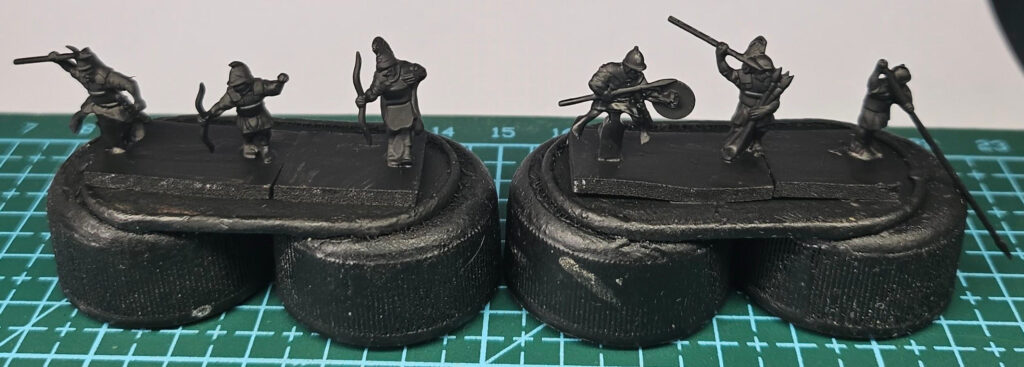
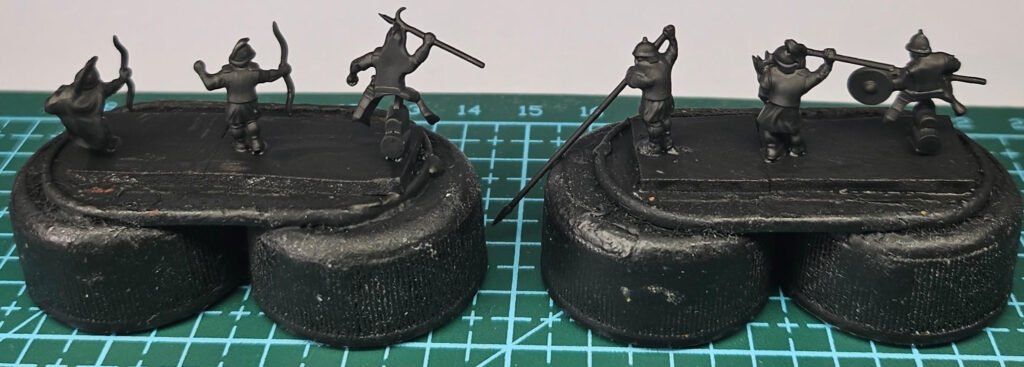
Stage Two – Basecoats
Paint the tunics with German Camo Beige, the linen cuirasses Vallejo Model Colour Off-White and all the straps and cloaks with Violet. All the flesh areas should be picked out with Vallejo Model Colour Beige Brown.
Next, paint all the wood and leather areas with Dark Rust, the helmets with Brass and the tips of the spears with Army Painter Gun Metal.


Stage Three – Washes
This stage is exactly the same as for the elephants’, a diluted wash of Army Painter Strong Tone, avoiding too much pooling of the mixture. Much like the elephants, these are now tabletop-ready, at least when they’ve been assigned to their howdahs. However, we can push the final effect further with a few highlights.
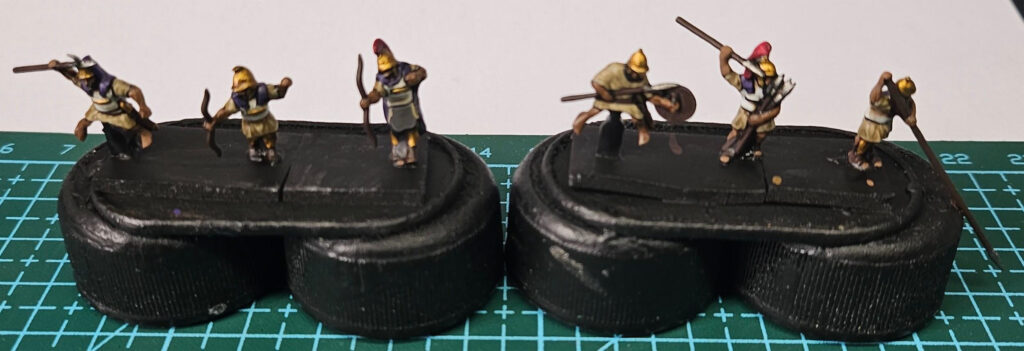
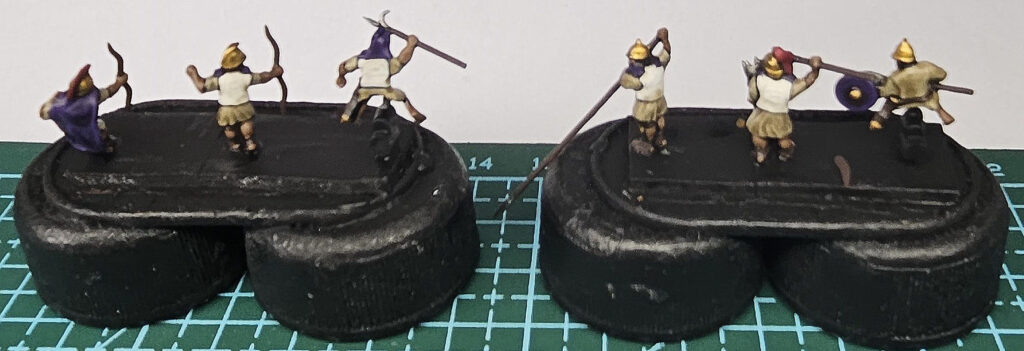
Stage Four – First Highlights
Ensuring the wash is thoroughly dry, we highlight everything with their respective basecoat colours, picking out only raised areas, and allowing the darker wash to show in the recesses.


Stage Five – Second Highlights
For this final stage we are simply enhancing the highlights we’ve just applied. For the tunics, straps and cloaks we add a little Ivory to the respective base colours and apply a selective edge highlight in the same way as we did in Stage Four. For the Wooden and leather area, use Flat Brown, but only on the most raised areas. We finish with an edge highlight on the helmets using Vallejo Gold.
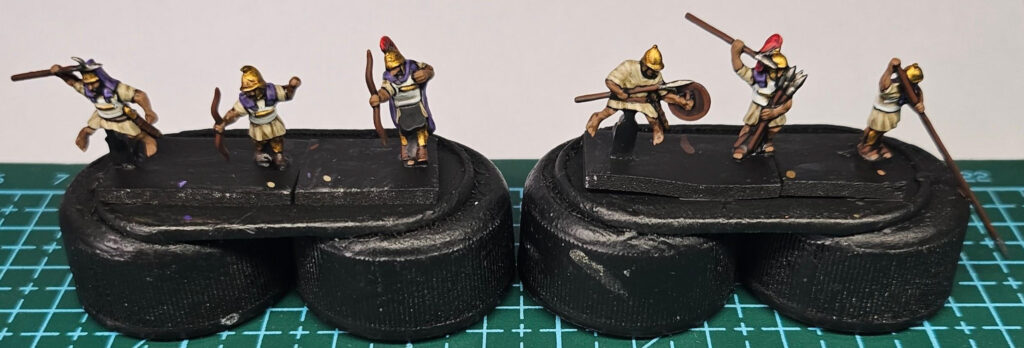
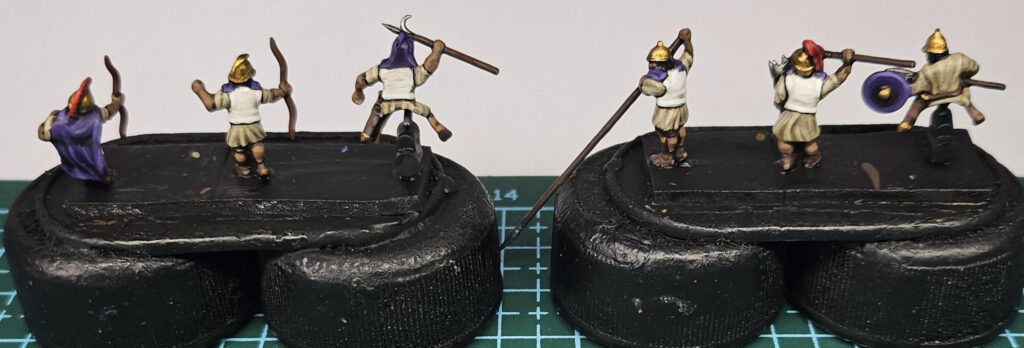
Basing
Once everything has been painted (and varnished, should you wish), it’s time to mount these fine pachyderms upon their bases ready for the battlefield. This should be ideally done to match the rest of your existing collection. If you want to follow my method, here it is! Once the models are set in place start by using PVA glue and your preferred basing sand. Thinner is best for Epic Battles! Once this is dry, paint the entire base with Vallejo Model Colour US Field Drab, followed by a drybrush of Camo German Beige. finally paint the rim of the base to match the rest of your army – in this case it is Vallejo Panzer Aces Dark Mud.
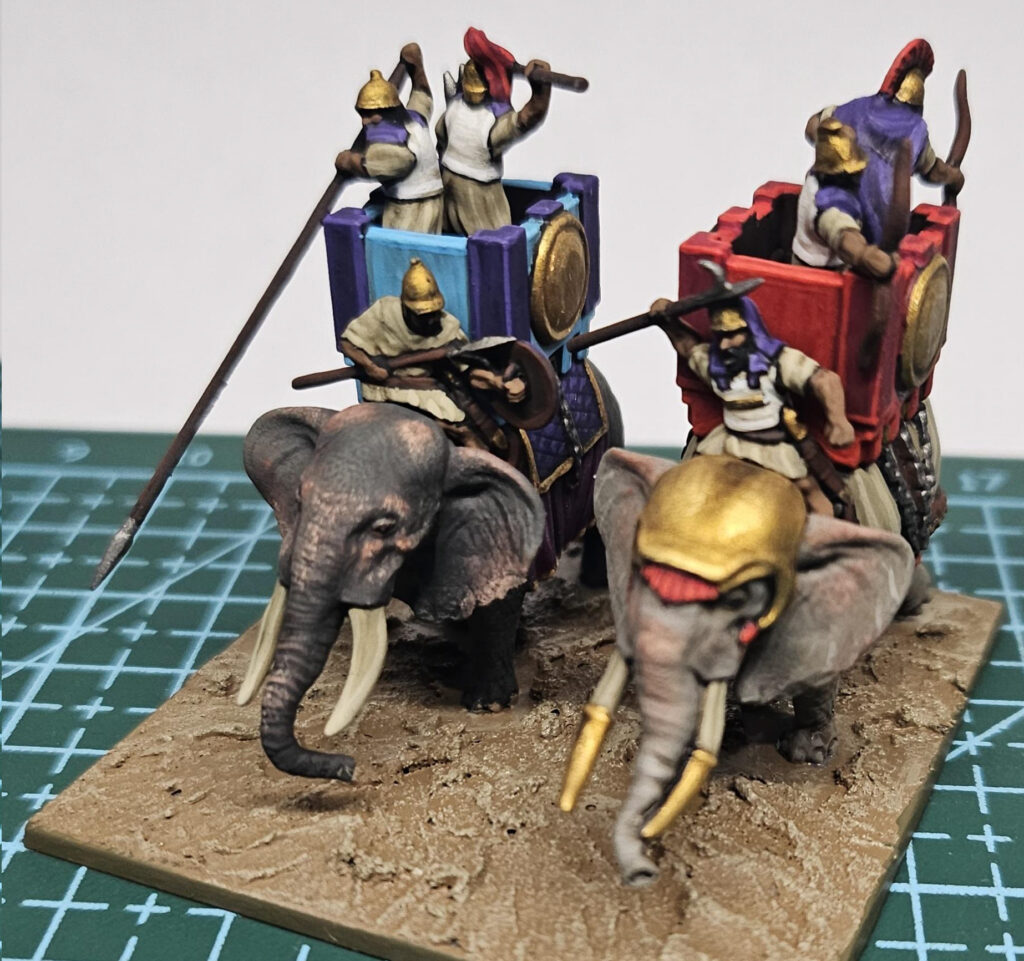
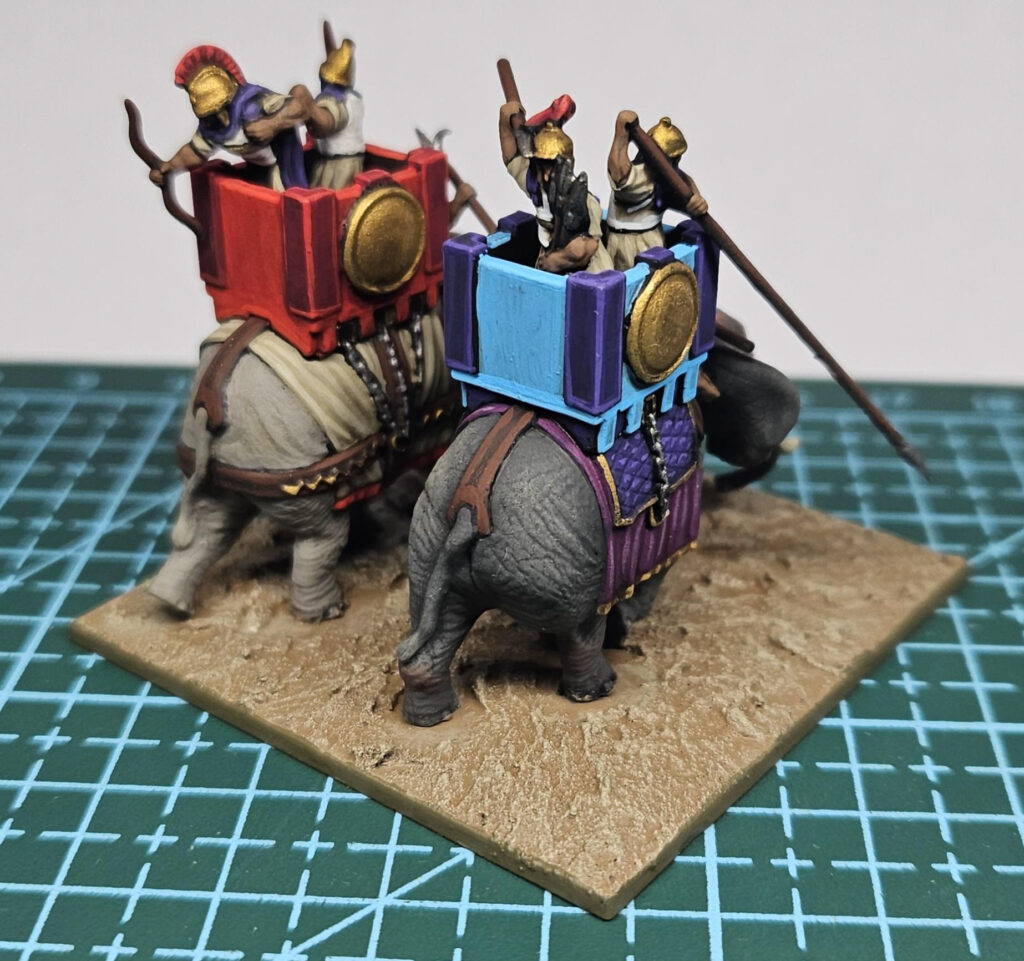
Once dry it’s time for the absolute finishing touch; small patches Warlord Games Patchy Static Grass across the bases secured with PVA glue. This simulates an arid battlefield.
Carthaginian War Elephants
No Carthaginian army is complete without them, and you can never have enough in your games of Hail Caesar Epic Battles – the Carthaginian War Elephants boxed set is the perfect way to add even more pugnacious pachyderms to your ranks! Containing four stunningly detailed multi-part plastic elephants and crew, no Carthaginian commander should ever be without their War Elephants!
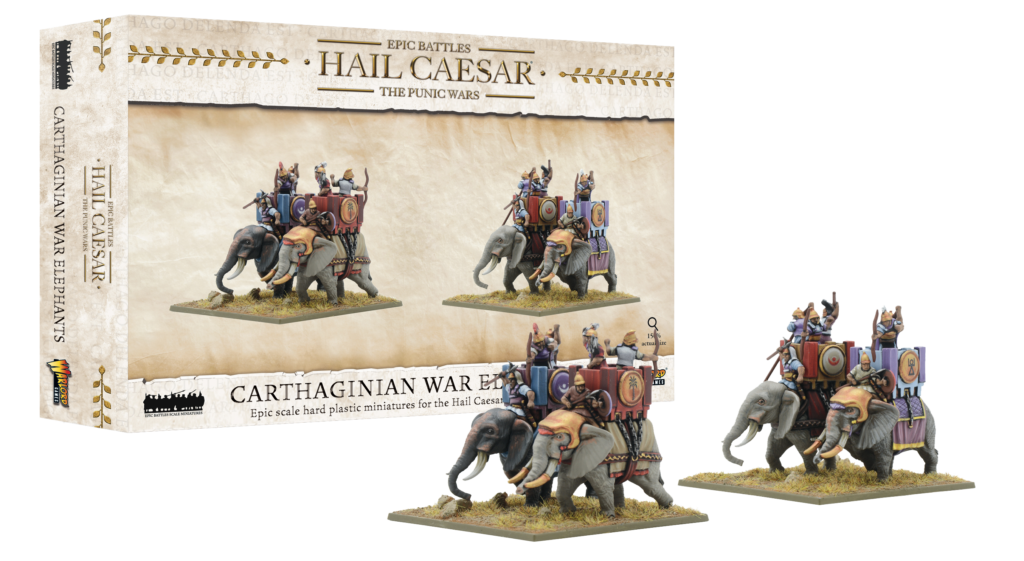
Also newly available are the Battle-Scarred Angry Elephant Heads. This pack lets you add more variation to your force, and convert your Hail Caesar Epic Battles elephants into battle-scarred veterans, and exceptionally angry ones, if the fellow grasping a struggling Roman legionary in his trunk is anything to go by!
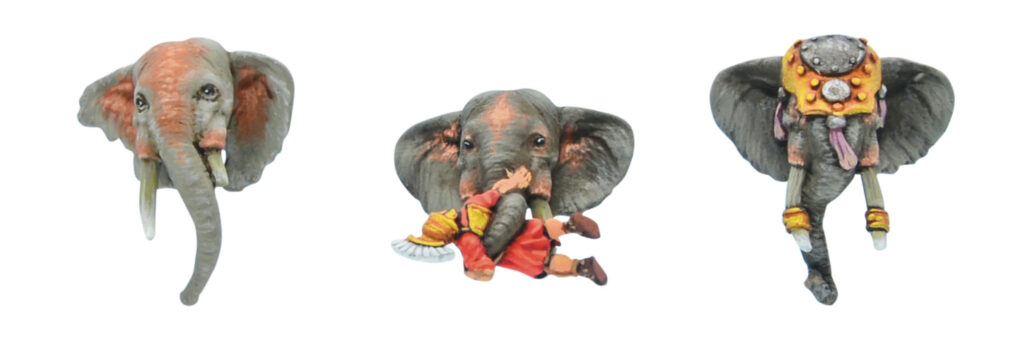
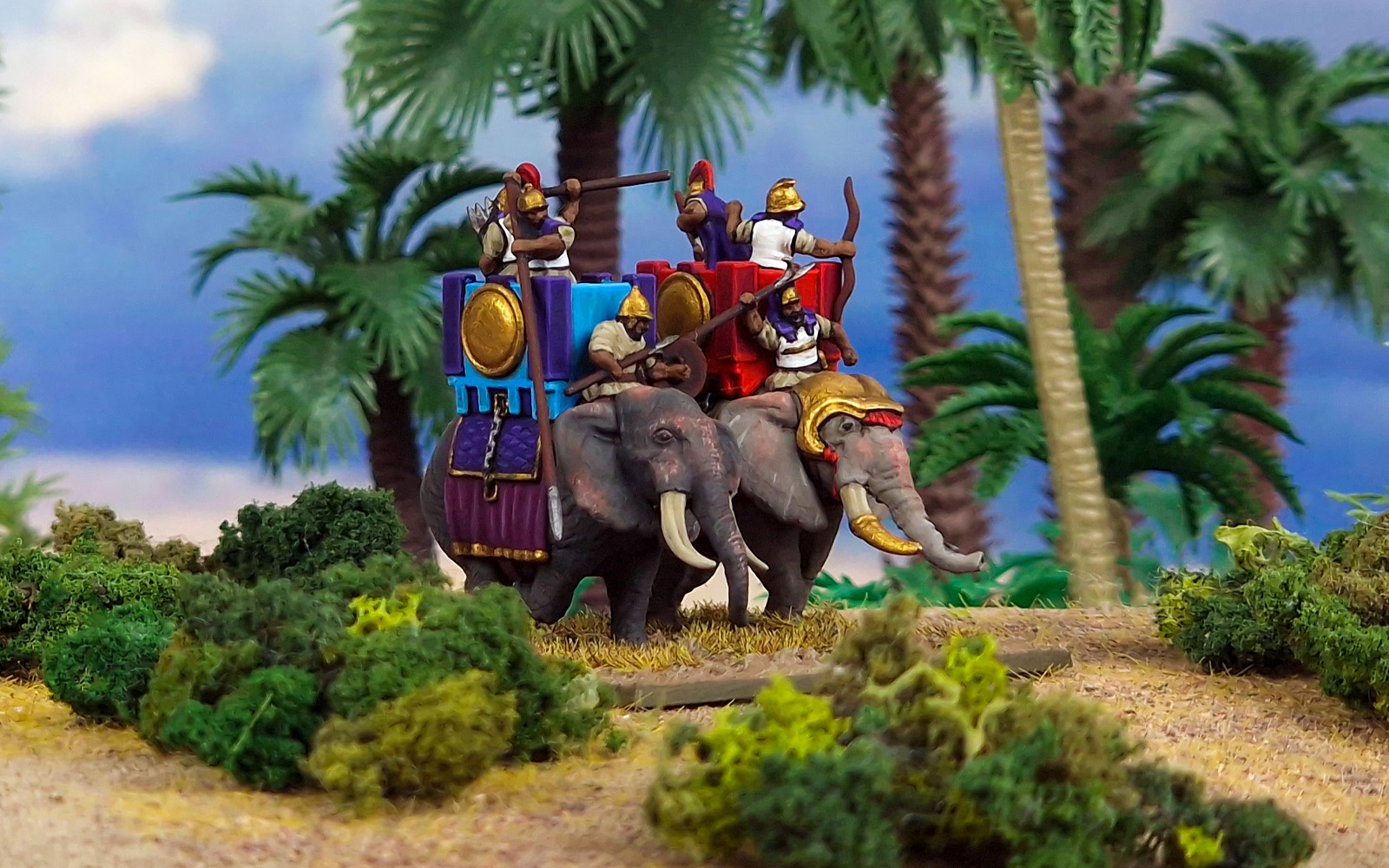
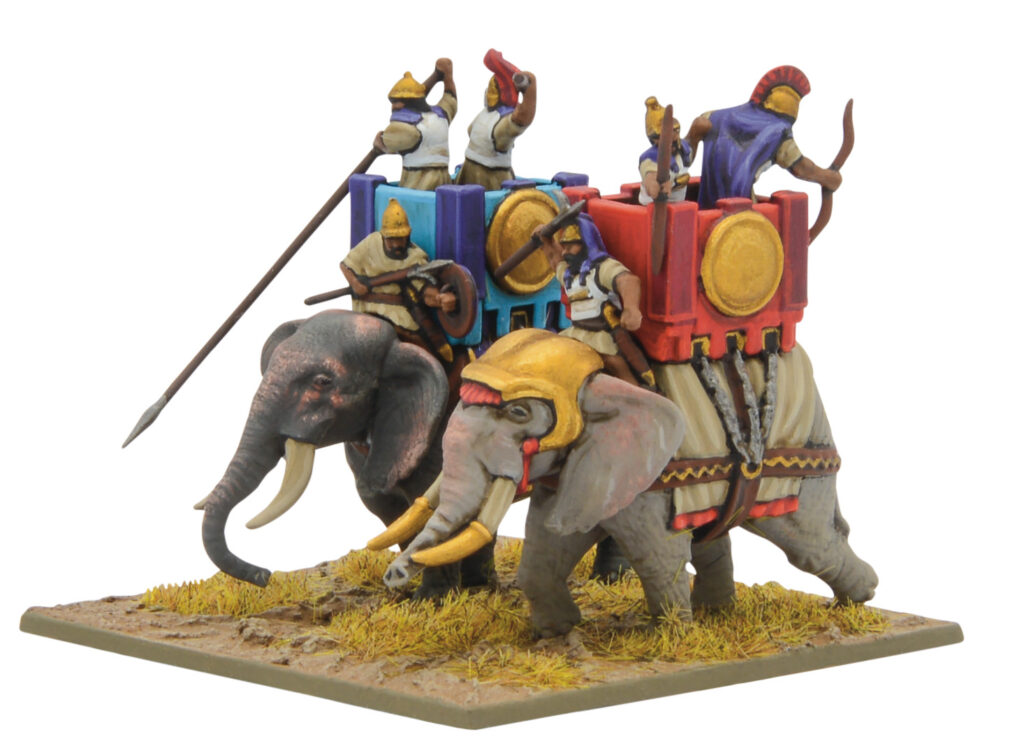
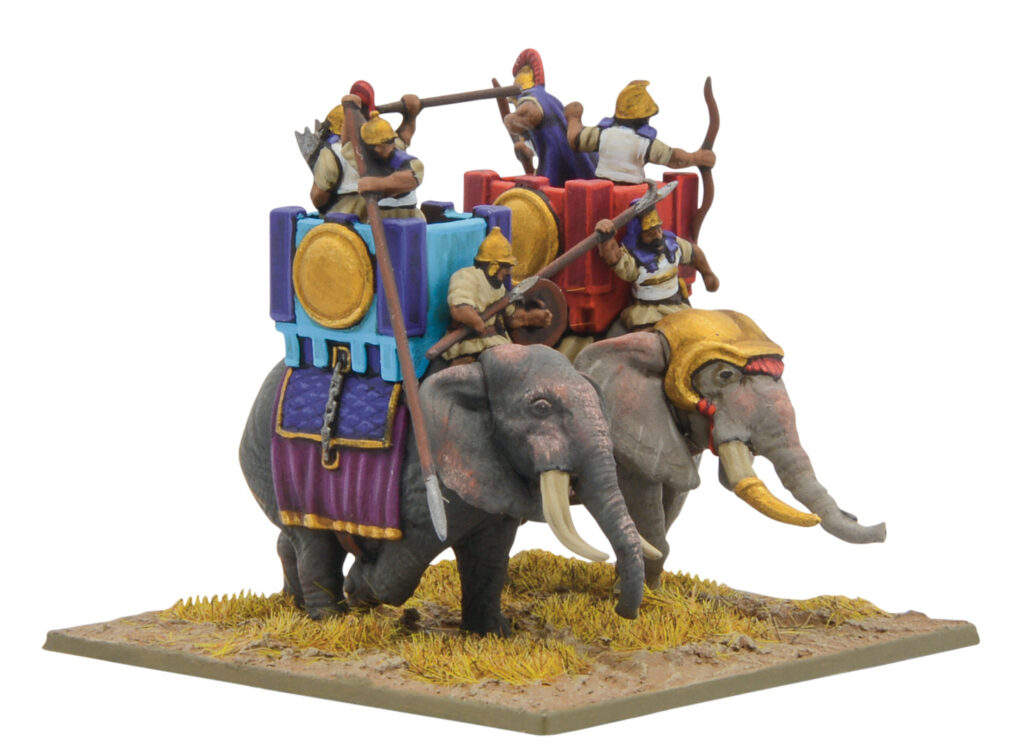
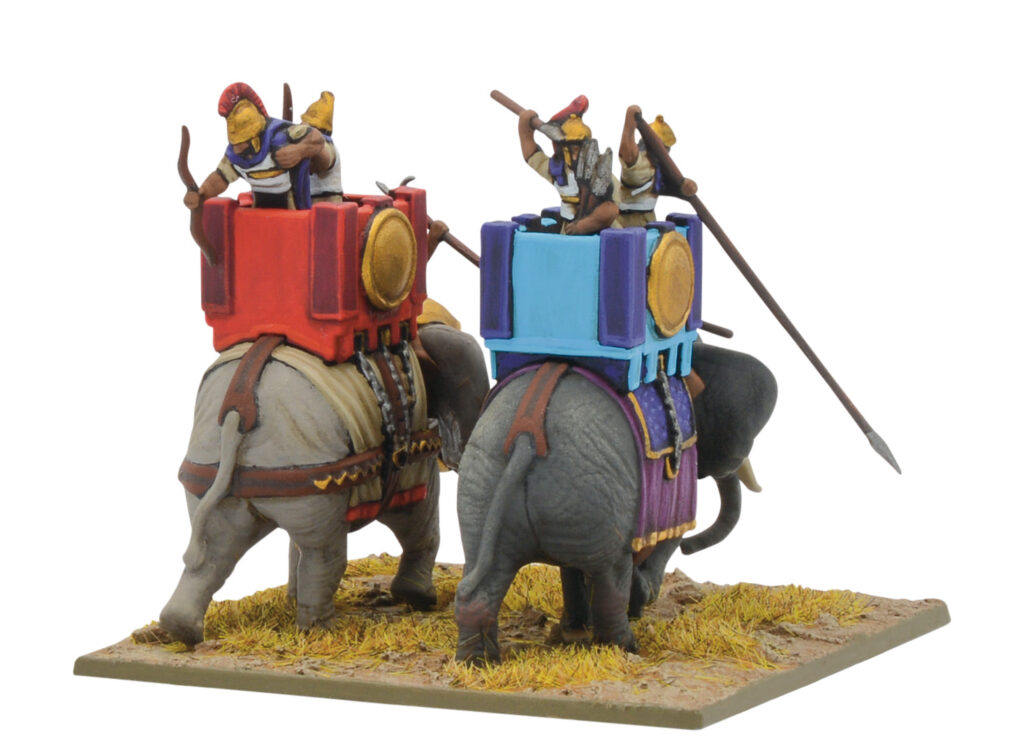
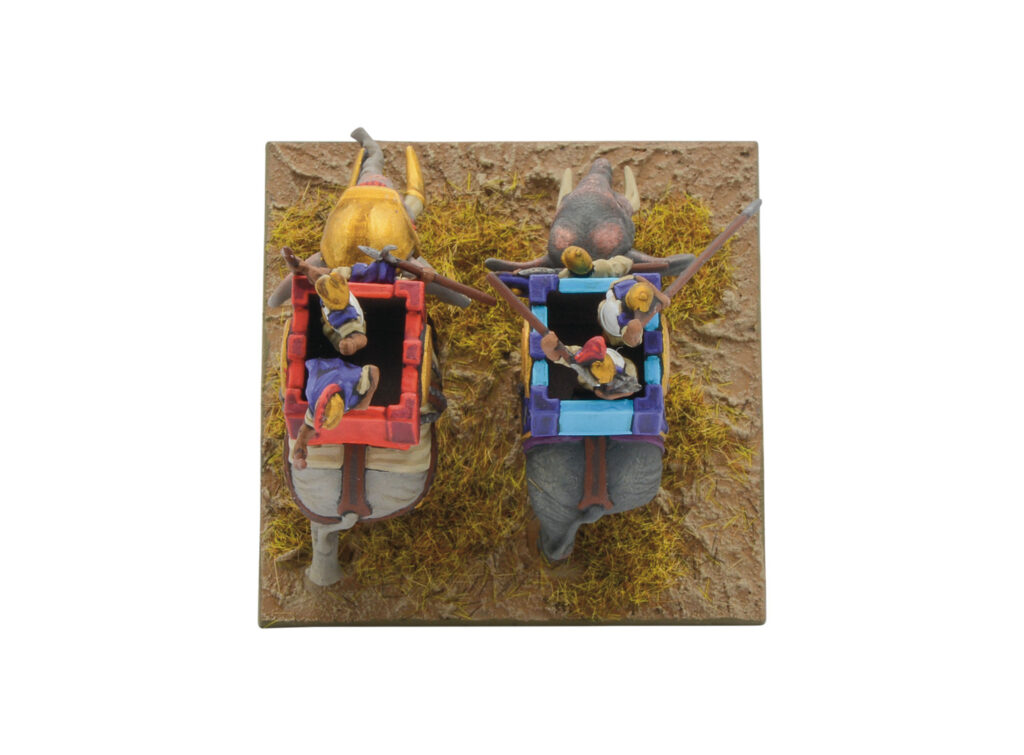
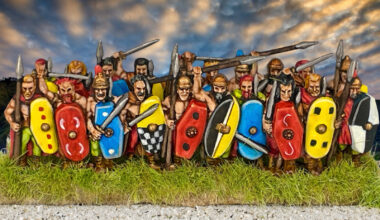
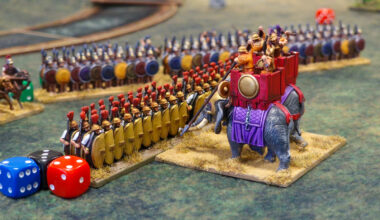
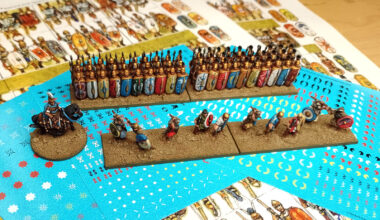
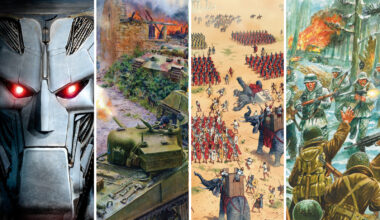
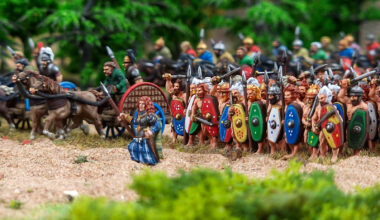
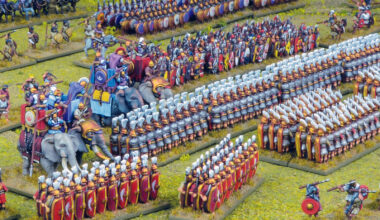
1 comment
Thank you, its very helpful! 👍
Comments are closed.